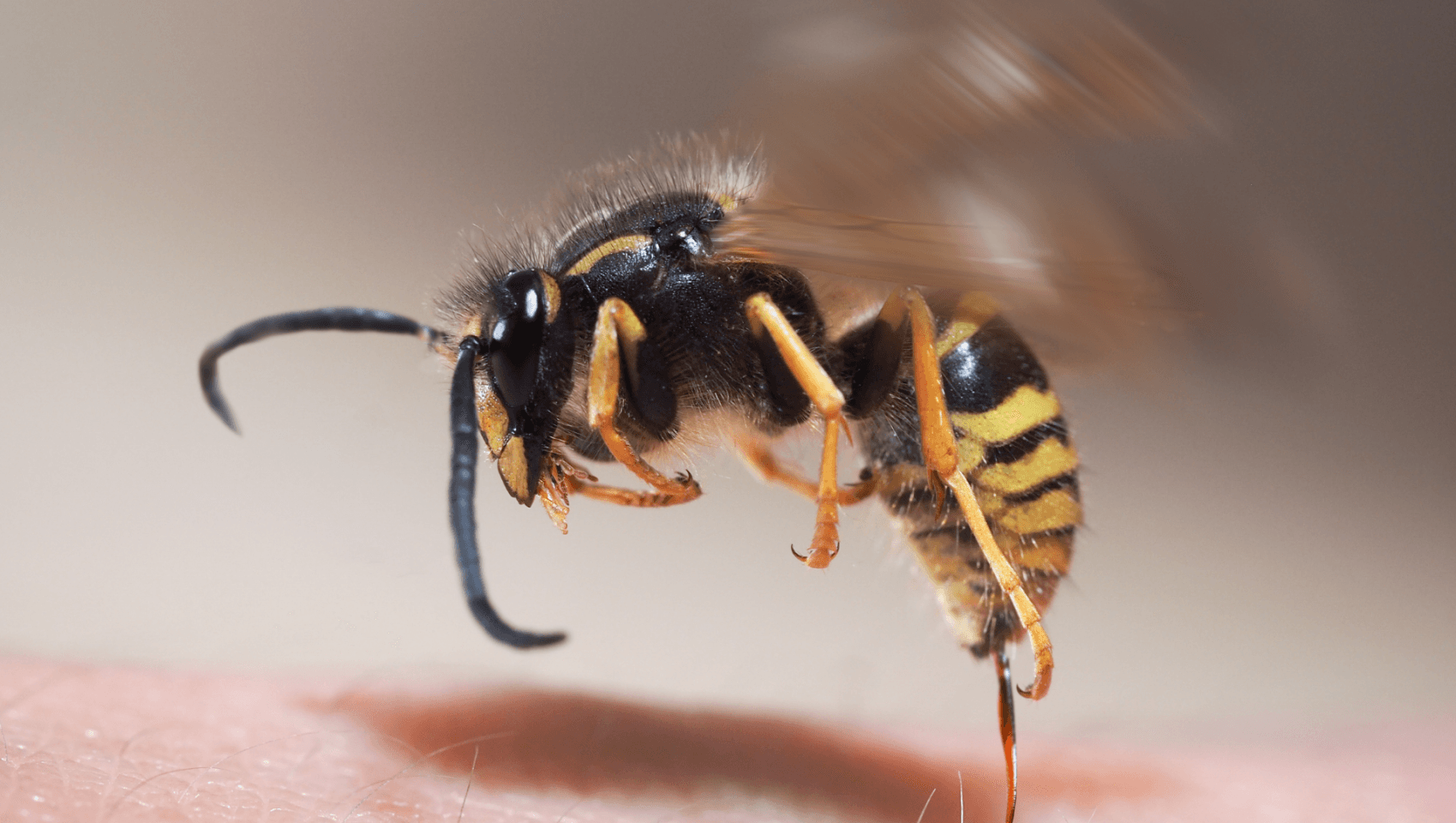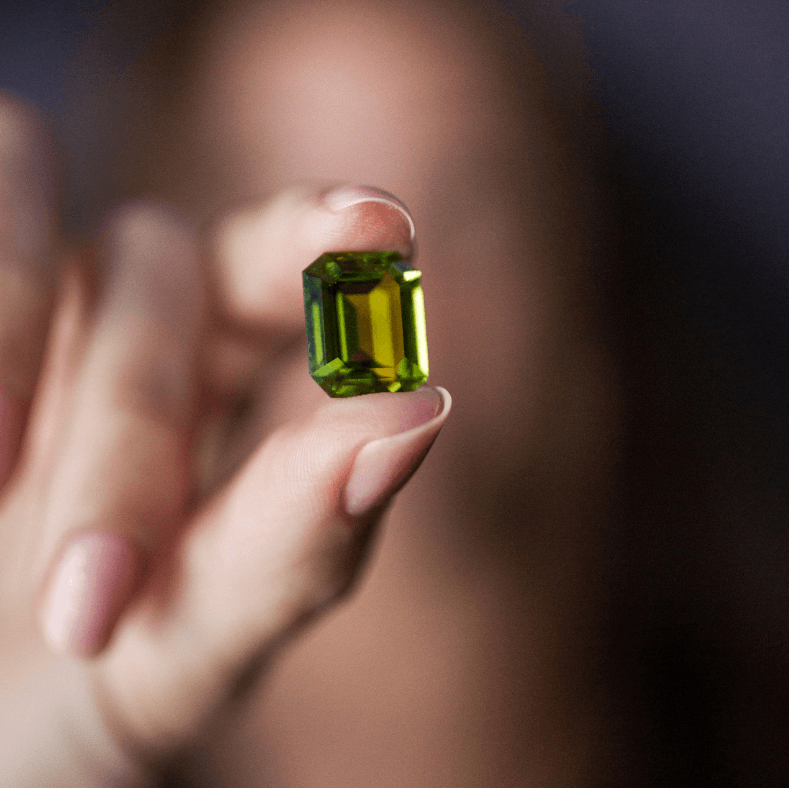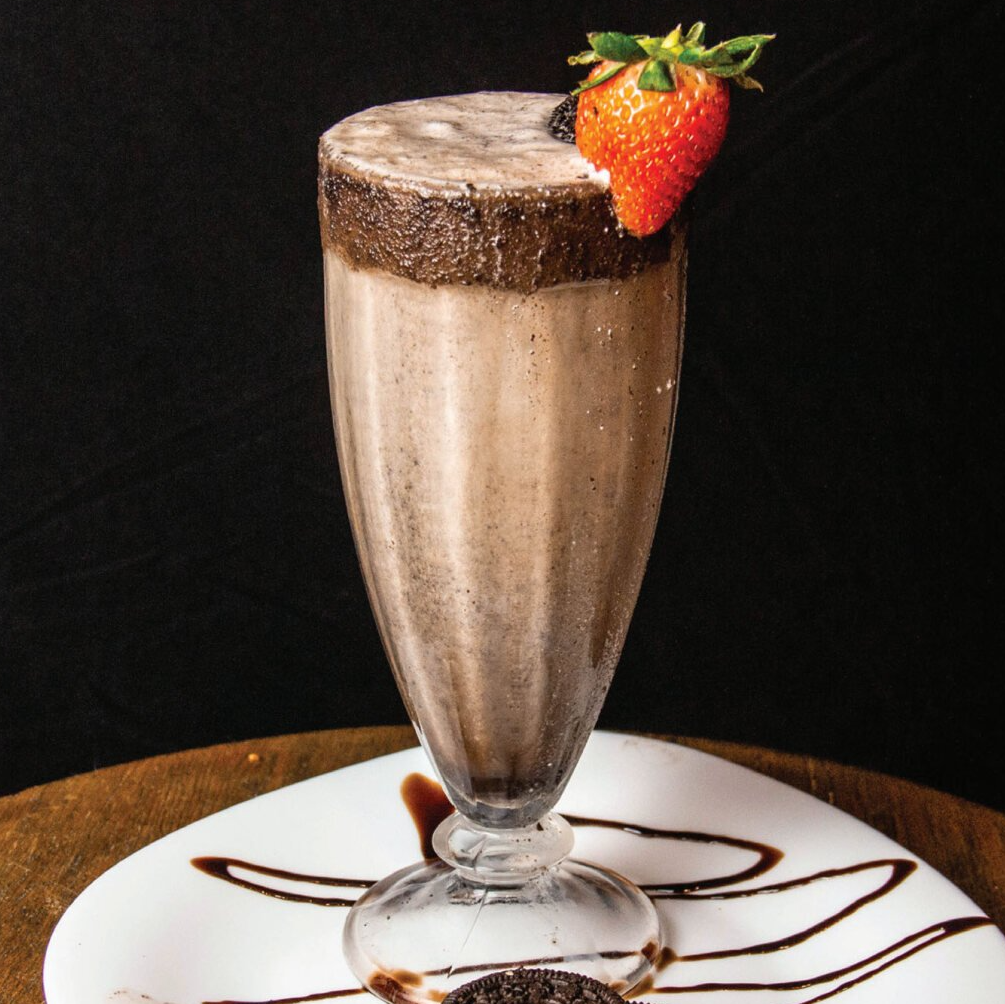Stop the Sting: Preventing Wasps
By: Amber Byars

When summer comes around, we are all ready to hit the beach, be outdoors, BBQ, and soak up the sun. However, there is one thing that we don’t look forward to, and that is stinging insects. Each variety of stinging insects serve a purpose, but I will mainly focus on a fierce defender, wasps.
If you’ve ever been stung by a wasp, you can attest to the fact that the sting packs a punch and can have long-lasting effects. If you are like me in the summer of 2019, then you may have discovered you are allergic to wasp stings.
I was out on a stinging insect call evaluating the situation. There was an underground nest located in a customer’s landscaping that was very active. Usually, you have to be some threat to their nest for a wasp to attack. This was not the case for me—probably because I was giving off a pest control vibe. I was standing about 50 feet away from the nest, chatting with the customer when I got stung three times out of nowhere; in my eye, on my hand, and on my elbow, all from the same wasp. Not only did the stings cause me severe pain, but I ended up in urgent care with hives all over my body. My right hand was double the size of my left hand.
A Little about Wasps
A unique characteristic of wasps is that they can sting multiple times. They don’t have any barbs on their stinger, so they can go in and out without getting stuck on your skin. They can have two different types of nests: hanging nests or cavity nests. The nests can be located just about anywhere, from trees, to under eaves, or even on low ground cover.
Wasps make a new nest each year and only use it for the season. Once the season is over, the queen will find a suitable location to overwinter, so people will notice wasps in their homes in the fall and winter. When spring comes around, she will find a new place to build the nest. This is why the spring and early summer make the best times to get the preventative treatment done. This makes sure your house is not an ideal place for the queen to start building her nest. Even if she has already begun building a nest, a treatment will prevent a mature nest from growing.
Preventative Treatment
The worst place for a nest to be is on the inside of your wall, especially when we live just on the other side. This happens when there is a point of entry from the outside, allowing the wasps to penetrate their way into a wall void, usually between two studs. That gives them a good 15-inch wide cavity in the wall to build and grow their hive. They are always looking to increase their space, so over time, they will start scratching and chewing their way through the drywall. You would be surprised at how many service calls we get to treat this type of situation.
There is still hope if you miss the window for preventative treatment and you’re already noticing a mature hive. I received a call this past summer where a customer had dozens of wasps flying around their living room. Come to find out, the wasps had entered his structure from a light fixture on the exterior of the house. The nest was expanding so much that they weakened the inside of the wall by chewing and scratching the drywall.
The customer assumed there was a water leak somewhere because the wall was becoming warped. He went to feel for moisture, but his finger went straight through the wall, and wasps came pouring out. We blocked the hole in the wall with duct tape for minimal exposure and safety reasons, and I treated the exterior entry point. The product I used has a transfer effect component to it, meaning one wasp could potentially kill the entire hive if it comes into contact with the treated area. This specific treatment only required one follow up and the wasps were eliminated.
To avoid the painful sting, damage to your property, or allergic reactions, I highly recommend getting ahead of the game with a preventative treatment in early summer. Another good option to keep the wasps away is to be on a seasonal service. These services are consistent through the summer months, taking you into late fall, assuring total protection all summer long.











